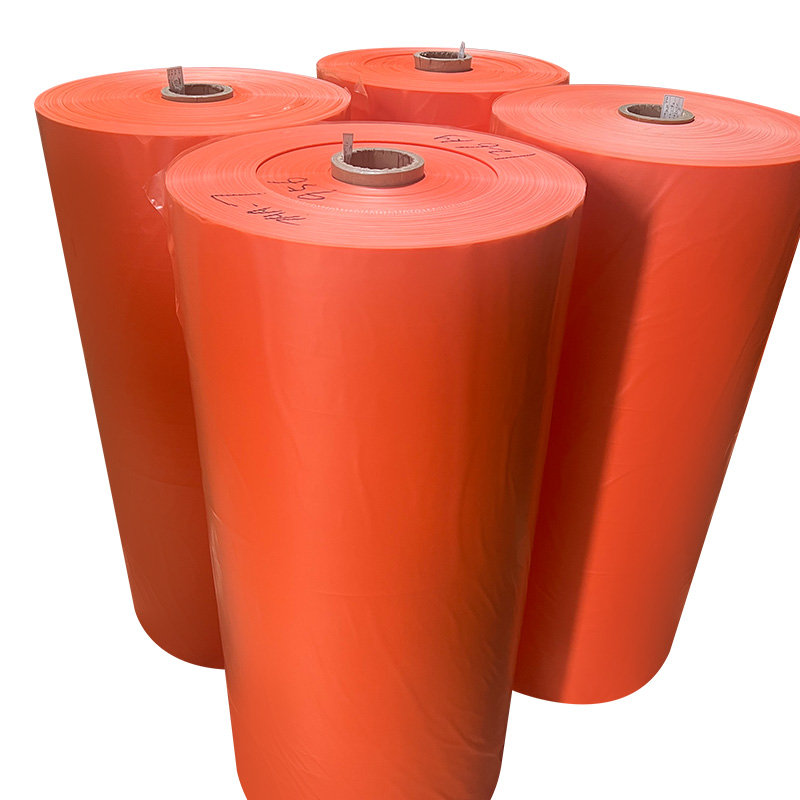Polyethylene film is known for its versatility and durability, but its performance under exposure to chemicals, moisture, and temperature fluctuations can vary depending on its specific formulation and application. Here's how polyethylene film typically handles these factors:
Chemical Resistance
General Chemical Resistance: Polyethylene film is generally resistant to a wide range of chemicals, including acids, bases, and organic solvents. It’s often used in applications where chemical exposure is common, such as in chemical packaging or protective liners.
Limitations: While it resists many chemicals, it may not be suitable for exposure to highly concentrated oxidizing acids or certain hydrocarbons, which can degrade the material over time.
Specialized Formulations: For applications requiring enhanced chemical resistance, polyethylene films can be formulated with additives or produced using higher-density variants (HDPE) to improve their performance.
Moisture Resistance
Excellent Moisture Barrier: Polyethylene film is highly resistant to moisture, making it an effective barrier for water and humidity. This property is why it is commonly used in packaging, agricultural films, and moisture barriers in construction.
Impermeability: The film's impermeability to water vapor is a key advantage in applications where maintaining dryness is crucial, such as in food packaging or electronics protection.
Temperature Resistance
Temperature Range: Polyethylene film has a broad temperature resistance range, typically from -60°C to +80°C (-76°F to +176°F) for LDPE (low-density polyethylene) and slightly higher for HDPE (high-density polyethylene). It remains flexible and functional within these temperatures.
Performance at High Temperatures: While polyethylene can handle moderate heat, prolonged exposure to temperatures above its melting point (~105°C for LDPE and ~130°C for HDPE) can cause it to soften, warp, or degrade.
Cold Temperature Performance: At low temperatures, polyethylene remains flexible and resistant to cracking, making it suitable for cold storage and outdoor applications.

UV Resistance
UV Degradation: Standard polyethylene film is susceptible to UV degradation when exposed to sunlight for extended periods. This can lead to brittleness, discoloration, and loss of mechanical strength.
UV-Stabilized Options: For outdoor applications, UV-stabilized polyethylene films are available, which contain additives to improve resistance to UV rays and extend the film's lifespan.
Environmental and Application-Specific Considerations
Combined Exposure: In applications where the film is exposed to a combination of chemicals, moisture, and temperature fluctuations, it’s important to choose the right type of polyethylene film. Certain formulations may be optimized to handle these combined stresses more effectively.
Testing and Validation: It’s often necessary to conduct testing specific to the intended application to ensure that the film performs adequately under the expected environmental conditions.
Polyethylene film offers excellent resistance to moisture and moderate resistance to chemicals and temperature fluctuations. However, for applications involving extreme conditions or specific chemical exposures, selecting a specialized or modified version of polyethylene film may be necessary to ensure optimal performance.



 English
English 中文简体
中文简体














